How to bring together nature, fitness, and public transportation.
A few weeks ago, my partner, Lluís, and I wanted to go for a two-day trek, to test some camping gear, to sleep outdoors, and to listen to birds while walking under the shade of pine trees.
But we didn’t want to make a big deal of it. This wasn’t meant to be a trip to a faraway place requiring lots of planning, expenses, or days off from work. It was a spur of the moment decision, a little escape from the city noise, traffic, and summer heat baking concrete buildings. We wanted a quick way to “get our nature on.”
Luckily, because we live in Barcelona, this turned out to be a pretty simple thing to do.
One early Friday morning at dawn, free of work commitments, we grabbed our backpacks (which now sit ready to go near our front door because we’re planning a multi-year walking trip and spontaneously head out for training hikes) and walked out the door.
We strolled 10 minutes to the city’s main train station, paid €2.15 for a 19-minute regional train ride, and found the red and white trail marks near the arrival train station. We climbed a flight of stairs, followed a paved path under a highway overpass, and, a few minutes later, we were all alone listening to our feet crunching dirt.
Now and again, a runner would zip by or a couple of cyclists would pass us. Occasionally, we would see the rooftops and terraces of the housing sub-divisions at the end of edge towns, cross a busy street to pick up the trail again, or hear dogs barking from behind fences. Even so, for long stretches of time, we were out in the woods by ourselves and lost in our thoughts along parts of the GR 92 trail that loops behind the densely populated towns circling Barcelona. We were never far away from home–and at some points we could see our neighborhood in the distance–but it certainly felt like we were.
These are the kind of things I have come to love about Catalonia and my adopted hometown of Barcelona. It seems like a little thing, something obvious and logical: Let’s design nature trails and outdoor fitness routes close to cities and accessible via public transportation. Unfortunately, I think it’s less common than it should be.
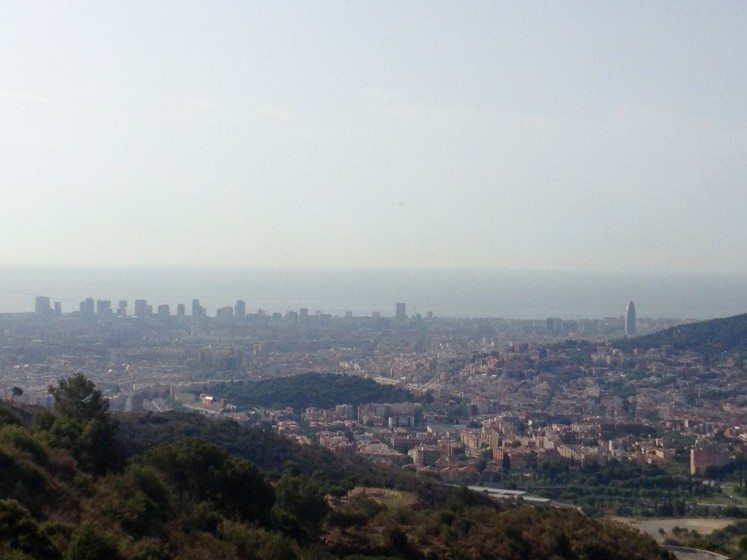
Shifting views of nature
I grew up in the United States, in Jersey City, New Jersey. Talk about life in the city. During my childhood in the 1970s and 1980s, my idea of nature, green spaces, and parks was marked by images of sad-looking oak trees, broken swings, basketball hoops without nets, chain fences dividing concrete tennis courts lined with weeds, crushed beer cans, and the occasional used drug needle (Thankfully, urban revitalization initiatives and scores of Manhattan-based workers looking for affordable housing on the other side of the Hudson River have changed parts of Jersey City for the better. Today, there are more green spots with improved care and maintenance. With any luck, kids living there today will have better memories of playing in the parks than I did.)
For anything that looked like “real nature,” we had to load up the car and do a grand expedition to some place like the Delaware Water Gap a couple hours away. Those were rare events and logistically complicated ones because of my father’s work schedule and coordinating the whims of five kids. I admired nature from the backseat of the car as we moved along New Jersey’s highways and I remember staring out into the clumps of trees lining the road’s shoulder lanes, wondering what was behind them. In those younger years, though, it never occurred to me that I could go explore the woods or that there was an invitation on the table waiting for me to do that.
In the late 1990s, I moved to the San Francisco Bay Area and lived in and around the city for about 9 years. My idea of nature changed there and became forever linked to health and fitness. Being outdoors meant “doing something outdoors.” Nearly everyone I met was a marathon runner, a 100-mile cyclist, an Ironman triathlete, or did some other sport that involved being outdoors for hours at time. On the weekends, besides their regular exercise routines, people piled into their cars and headed out to Lake Tahoe, Yosemite, or along windy, coastal roads with breathtaking views and redwood forests. I fell into that rhythm, too. I would run several times a week in random parks in and close to San Francisco, and would be immensely grateful that I was there and for things my eyes were seeing. At some point, I realized I was stopping to smell the roses, literally, in Golden Gate’s rose garden or pausing to pay momentary homage to blooming calla lilies before trudging onwards. Even though my daily encounters with nature were confined to the local parks, the rest of the West Coast had many outdoorsy things to do, and hopping in my car to do them seemed normal.
Now that I have lived in Catalonia longer than I lived in the Bay Area, my appreciation for nature has shifted again, but in a subtle way that I have just started to more fully understand. Whether it’s because we have good weather most of the year or because we’re in Europe and life is just different than in the U.S., the idea of spending time outdoors shows up here in less assuming ways. For instance, Catalans will say, without any pretension, “vaig a fer muntanya.” This literally translates to “I do the mountain,” but what they mean by that is that they will go for a hike, rock climb, or walk somewhere out in the mountains. They’re not usually doing this as part of a competitive race to prove courage or to achieve lofty personal fitness goals. They would simply say that they want to be outside enjoying the mountains and breathing fresh air. The novelty of that struck me when I turned the phrase around in my native-English mind. “Oh, you can walk out in the woods and go do the mountain, just like that? You can walk for the sake of walking, and take in whatever you see?”
Although many locals drive to do the mountain and some parks can only be reached by auto, Lluís and I don’t own a car. It’s not practical for our everyday lives. So, getting our nature on depends on where our two feet and local trains and buses take us. And, surprisingly, we have no shortage of choices.
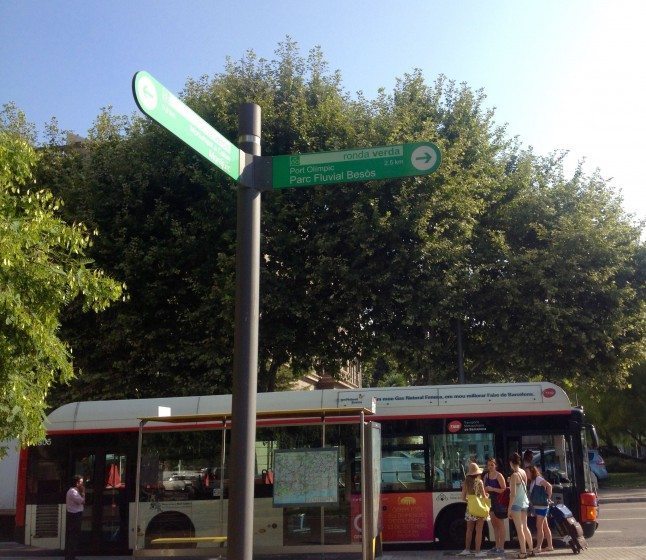
Making nature accessible
In almost any direction from our Barcelona apartment, we’ll eventually hit some green patch sooner or later. A few blocks from home we have Montjuïc Park, a big open space that makes living in the city bearable. We call it our backyard, and that’s where we spend a lot of our time “doing something outdoors”: running, going for an evening promenade, or general de-stressing. For longer day walks close to the city, we trek through Barcelona’s streets and then up to Collserola Park, which boosts 8,000-hectares of natural goodness, has lots of well-marked trails, and can be reached by local trains. Or we can walk along the greenway linking Barcelona with neighboring towns and parks.
Fan out farther from the city, say a couple hours by bus or train, and you could be criss-crossing vineyards; smelling fennel, rosemary and thyme; or doing leg-crunching ups and downs in the foothills. There’s access to routes with views of the sea or snow-capped peaks or rolling hills of Mediterranean flora.
To their credit, the Catalan government and local municipalities have done a good job connecting the embedded cultural idea of “vaig a fer muntanya” with modern-day, health-oriented fitness programs and public transportation accessibility.
The Catalan government, for instance, has a census of the region’s sport and equipment availability. This particular statistic caught my eye: under the category of “sport activity areas,” there are 2,791 installations around Catalonia, including walking trails, protected rock climbing routes, greenways, and activity zones in urban, sea, or aerial areas. And there’s plenty of information online about combining train rides with mountaineering, hiking routes, walking guides and maps, and touring national parks. (While I focus on walking options, because that’s my primary way of being in nature, I would be remiss if I did not point to the multitude of other ways locals “get their nature on” that don’t involve walking; some alternatives options are found here).
Provincial and city tourism offices usually have brochures or maps with outdoor itineraries encouraging people to appreciate nature, engage in healthy exercise, and take in local sights or landmarks. Many of these experiences are waiting to be had within short distances of train or bus stations.
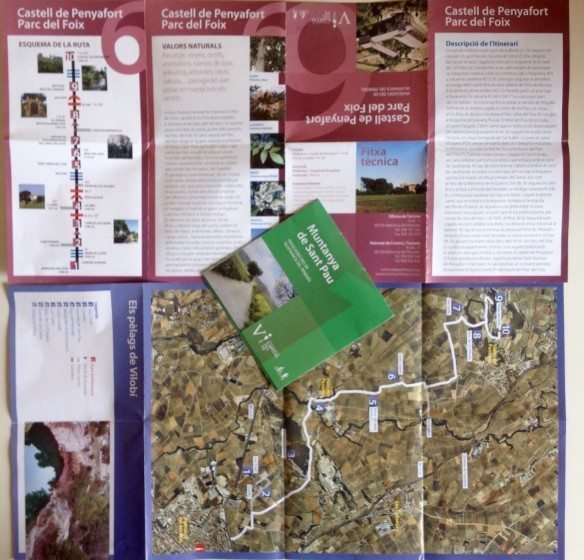
It’s hard for me to say if my relationship with nature has changed because I live in a place where nature is within closer reach to me, or if my growing need to have nature play a bigger role in my everyday life and how I choose to stay fit has increased my awareness of how much accessibility I now have to it. In the end, they feed each other’s motivation and leave me feeling grateful that I’m no longer admiring nature from the backseat of a car, but instead folding it seamlessly into my urban lifestyle.
Jennifer Baljko
Barcelona
About the Writer:
Jennifer Baljko
Jennifer Baljko is an avid traveler, longtime walker and a lifetime learner. She’s a city dweller who recently became a tree hugger (literally, she throws her arms around trees and hugs them), but feels at home almost anywhere.

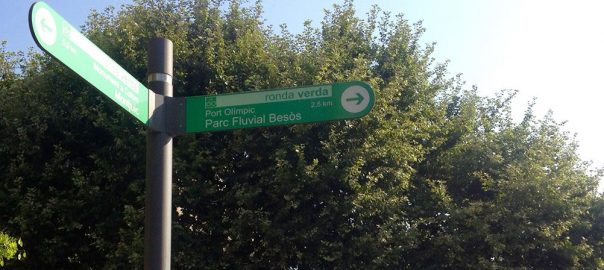


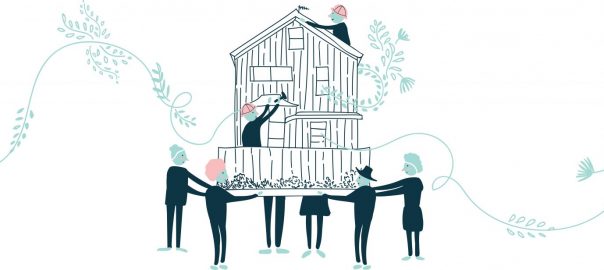
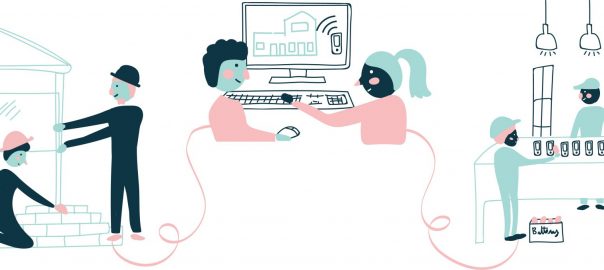
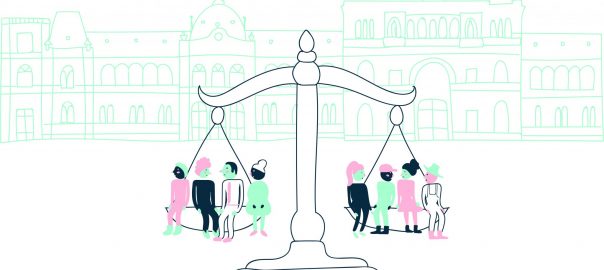
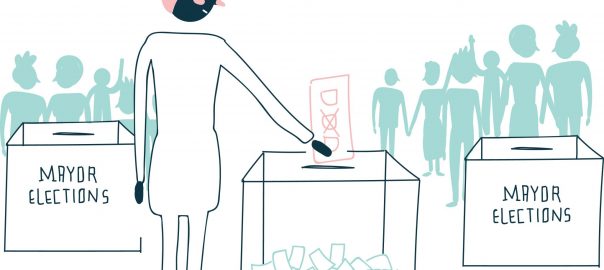
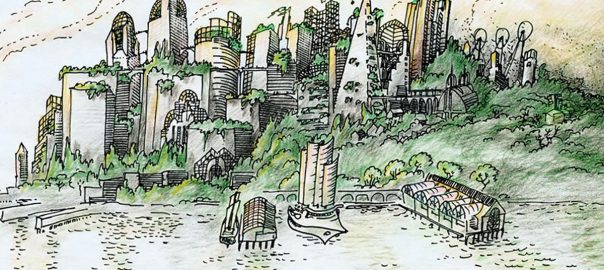
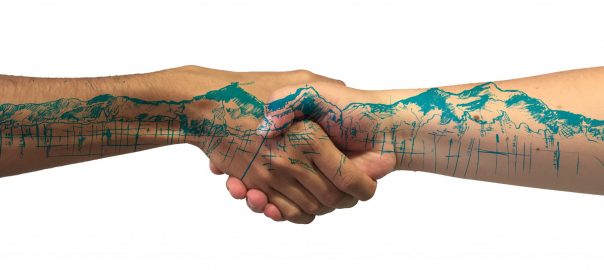
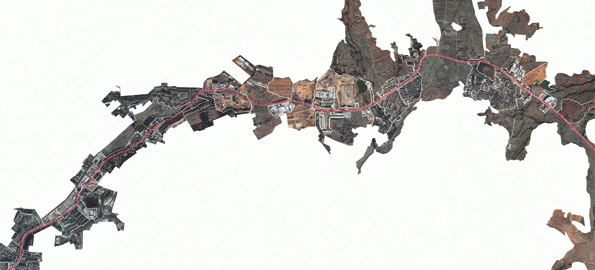

Add a Comment
Join our conversation